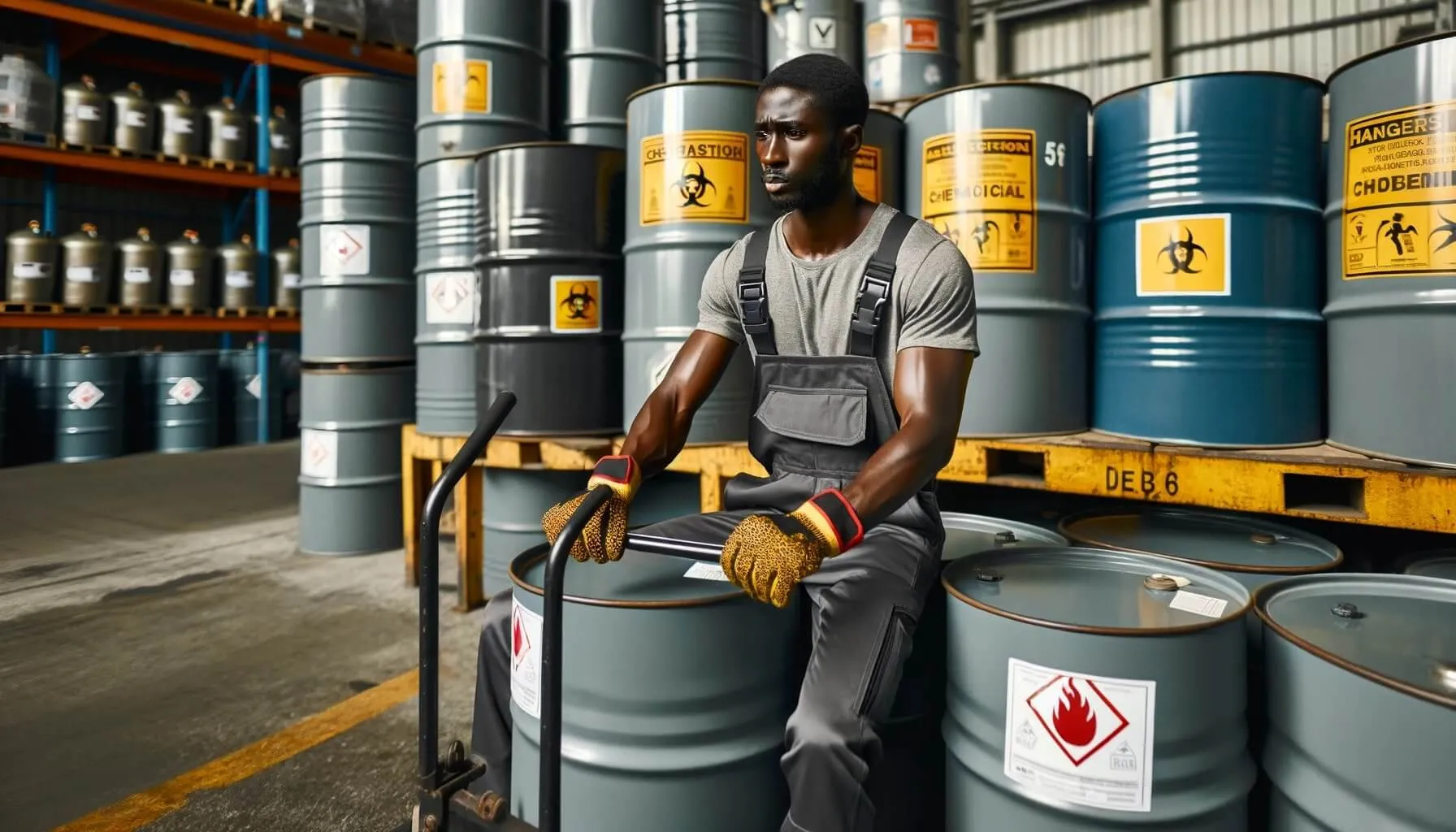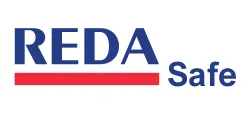Selecting the Right Hand Protection for Chemical Hazards

Introduction
When it comes to handling chemicals in the workplace, chemical-resistant gloves are a vital component of personal protective equipment (PPE).
It's a common misconception, often stemming from simplified recommendations on safety data sheets—like "use impermeable gloves for this chemical"—that one type of glove can offer full protection against all chemical exposures. Unfortunately, this is not the reality.
Chemical hazards are varied, with each substance possessing unique characteristics, and are employed in diverse conditions for different durations. Thus, even the highest quality gloves may not provide a one-stop solution. Users will encounter the need to balance between factors like protection level, comfort, and usability.
Nonetheless, this underscores the importance of meticulous selection rather than settling for a one-glove-fits-all approach. While the perfect glove doesn't exist, certain gloves stand out as more effective for specific scenarios.
Our forthcoming guide delves into the essential considerations that will assist you in selecting the appropriate hand protection to navigate the chemical hazards in your work environment effectively.
Follow Your Hazard Assessment
To safeguard your hands from chemical hazards, the right pair of chemical protection gloves is essential. Pinpointing the ideal glove involves a thorough hazard assessment to control potential risks effectively. This assessment should include a comprehensive look at the specific job tasks, as well as the user's needs and any environmental conditions of the workplace. Here's a breakdown of what to consider:
- The nature of the job: Understanding the details of the task is crucial.
- Individual needs and restrictions: Select gloves that fit the user's preferences and physical requirements.
- The work setting: Consider the unique aspects of the environment where the task is executed.
These considerations are the backbone of a smart glove selection process, ensuring that workers are not only protected but also comfortable and efficient in their roles.
The Task
When it comes to safeguarding workers’ hands from hazardous substances, the selection of appropriate chemical protective gloves is a meticulous process that hinges on a clear understanding of the job at hand. Here are the crucial aspects to evaluate:
- Identify the Chemicals: Start by reviewing the Safety Data Sheet (SDS) and manufacturer’s guidelines to identify the primary chemical being handled. This information is pivotal for glove selection.
- Understand Exposure Risks: Assess the level of injury that exposure could cause, ranging from minor irritation to severe burns or systemic health impacts. The severity of potential damage dictates the protection level needed.
- Consider All Chemicals Involved: Sometimes, a task involves multiple chemicals, and the ideal glove material must provide comprehensive protection against the full spectrum of substances.
- Analyze Contact with Chemicals: Determine the type of contact – from handling sealed containers at risk of leaking, to intermittent splashes, or full immersion. This will influence the glove design, length, and whether it should integrate with other protective gear.
- Duration of Exposure: Knowing how long the user will be exposed to the chemical helps to decide on the required permeation rate and breakthrough time, as well as the necessary thickness of the glove material.
- Assess Manual Labor and Dexterity Needs: The physical demands of the task affect glove selection too. For tasks requiring less finesse, a sturdy glove may suffice. Conversely, detailed work necessitates thinner, more flexible gloves. For tasks requiring a firm grip, the glove’s texture is also a factor.
By considering these points, you can make an informed decision to ensure that workers’ hands are well-protected against chemical hazards, while maintaining functionality and comfort during their tasks.
User Factors
Selecting the right gloves for chemical protection also includes understanding and accommodating the individual needs of each worker. Here are key user-centric factors to consider:
- Proper Fit: Ensuring gloves fit well is critical. They should be snug enough to avoid slipping off yet not too tight as to hinder circulation. A well-fitted glove also minimizes risks such as entanglement in machinery or accidental exposure due to excessively loose cuffs.
- Worker Preferences: When multiple gloves meet safety standards, consider the preferences of employees. If a worker is more comfortable with a certain type, style, or feature of glove—like breathability, texture, or lining—this can improve compliance and efficiency, provided it doesn't cause the employer significant difficulty.
- Preventing Allergic Reactions: Be aware that some materials, such as latex, may trigger allergies. Offering alternatives like nitrile can prevent allergic reactions and ensure the safety and comfort of workers who are sensitive to certain glove materials.
By giving attention to these factors, employers not only comply with OSHA’s standards but also promote a safer and more agreeable work environment.
Work Environment
When it comes to picking the right gloves for chemical handling, the work setting plays a pivotal role. It's not just about the gloves' chemical resistance; you also need to consider if they'll work well under specific environmental conditions and not pose new risks. Here’s what to keep in mind:
- Climate Adaptability: Gloves should match the workplace climate. In cold settings, gloves with insulation or an under layer might be necessary for warmth. In contrast, for hot conditions, you want gloves that won't overheat the hands and contribute to heat stress. Materials like PVC and butyl remain pliable in the cold, whereas neoprene is adaptable to both chilly and warm temperatures.
- Resistance to Wear and Tear: Durability is essential, particularly where abrasion is likely. Opt for nitrile, butyl, or sturdy reinforced rubber for high wear areas. Conversely, in low abrasion tasks, it's important to consider grip—PVC is often favored for holding onto objects securely.
- Protection from Sharp Objects: Where there's a risk from sharp objects, you'll need gloves that are resistant to cuts and punctures as well as chemicals. Although materials like Viton and SilverShield excel in chemical resistance, they fall short in defending against cuts or punctures. Nitrile and PVC, however, balance puncture resistance with chemical protection.
Selecting the proper gloves takes careful consideration of the unique challenges presented by each work environment to ensure maximum protection and functionality.
Other Considerations
When choosing a glove that can withstand chemicals, there are several key elements to take into account.
Cost
offer similar levels of protection, the more affordable one typically wins out. Take butyl and neoprene gloves, for example — both are effective against alcohols, but butyl tends to cost more. Unless you need butyl's extra protection against substances like aldehydes, ketones, or peroxides, opting for the less expensive option might make more sense.
Cleaning
Cleaning Considerations for Chemical-Resistant Gloves: When it comes to chemical-resistant gloves, you have the option to choose between single-use or reusable varieties. While single-use gloves may seem more cost-effective initially due to their lower price per pair, the expenses can accumulate over time with frequent disposal needs. On the other hand, reusable gloves might seem pricier upfront but can be cleaned and decontaminated affordably, often with simple tools. If you have access to cleaning facilities, investing in reusable gloves could be more economical over time.
Conclusion
In conclusion, Choosing the right hand protection in the presence of chemical risks involves a detailed process. It's crucial to conduct a thorough hazard assessment that takes into account the specific task, the user, the workplace conditions, and budgetary constraints. Beginning with a careful look at the Safety Data Sheet (SDS) and manufacturer's details sets a solid foundation. Engaging with a trusted PPE provider can offer additional insights, assisting you to pinpoint and select the most fitting gloves for your safety requirements.
